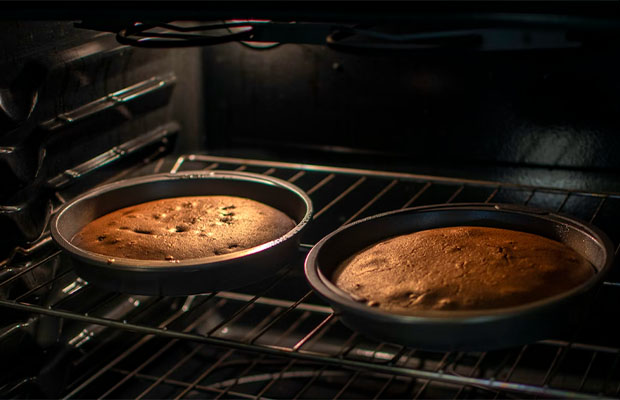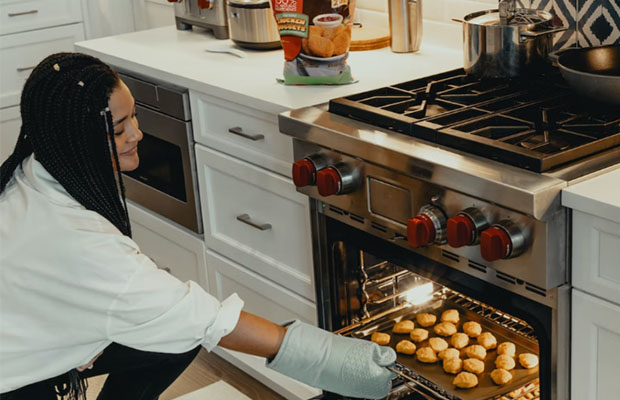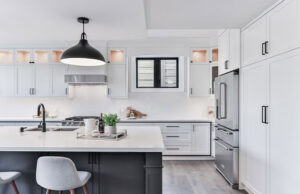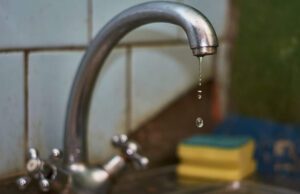“Oven” is an old word that has grown in use from a clay chamber to silly nonsense phrases in the modern world. Here’s why do they call it oven.
Ovens get their name from the word’s early use to describe a hollowed-out, hot cooking chamber. The word has linguistic roots in many languages, but Latin and Proto-Germanic roots have had the biggest influence.
Ovens play an important role in many different cultures; different people have particular ovens they use for traditional recipes or cherish memories of family gatherings centered around hot food from the oven.
This article explores the significance and genesis of this expression.
Table of Contents
Origin of World Oven
The word “oven” has a different meaning, though. The word “oven” refers to a region that is exceedingly heated. The term “oven” refers to the highly heated section of the cooker used to bake or prepare food.
The Second World War saw the usage of the phrase “oven name,” which by then had become widely popular.
Because of how hot they were, cremation or gas chambers in Nazi concentration camps during World War II were called ovens.
The oven resembles a tunnel or a sealed hole where food items are encircled by extremely hot surfaces. They are baked or cooked in this warm environment, creating delectable food items like cake, bread, etc.
Burning fuels like gasoline, electricity, or lubricants in ovens produces this thermal energy. Food products receive heat through conduction, convection, or radiation after the exothermic combustion process has produced heat.

The interiors of the ovens are insulated using a few high-temperature-resistant materials. These components are necessary for the ovens to maintain a heated environment for an extended period of time.
Who Invented the Oven?
The first electric oven was allegedly created in 1882 by a Canadian named Thomas Ahearn. Warren Y. and his business partner Thomas Ahearn The Ottawa-based Chaudiere Electric Light and Power Company was owned by Soper.
However, the Ahearn oven was only put into service in 1892, in the Windsor Hotel in Ottawa.
Read More: Can We Put Glass In The Oven?
Modern Uses of the Word Oven
A modern definition of an oven is a closed-in space used to bake, heat, or dry food.
Although some woodfire ovens still exist, they are typically 25 inches wide by 16 inches high by 16 inches deep and powered by gas or electricity. This standard-sized oven has a misleading label that refers to it as a 30-inch oven. Additionally, there are 20-inch, 24-inch, and 27-inch sizes available.
Toaster Ovens
“Oven” can also refer to a microwave or certain kinds of toasters, which are generally small countertop or installed appliances. Unlike a standard oven, a microwave oven heats food indirectly through microwave radiation rather than directly through convection. Microwave ovens are also typically smaller.
A toaster oven is essentially a small oven that can be dial-controlled to be set to specific heat levels and cooking times. This is in contrast to a traditional toaster.
Pizza and Dutch Ovens
Specific types of ovens can also be referred to by this term. Pizza ovens, which are typically dome-shaped with an open front or set of semicircular doors, are the version that is most similar to the original. They are constructed of clay or brick, and inside, an open flame warms a stone platform, onto which the pizza is placed and turned occasionally to ensure even cooking.
Oddly enough, a Dutch oven isn’t a big chamber at all, but rather a big, heavy pot made of cast iron or ceramic. In essence, these pots create a very small cooking chamber inside another cooking chamber, on a stovetop, or over an open flame. Before allowing them to simmer for a long time, they are typically used to brown meats and cook vegetables.
A French oven is a Dutch oven that has been coated in ceramic for simplicity in cleaning and upkeep, which is an interesting side note. But because the Dutch oven has become so synonymous with these, they are frequently marketed as such.
Related Posts:
Other Uses of the Word Oven
“Oven-proof” or “oven-safe” items are made to be used in an oven. This typically means that they are certified not to crack, break, or warp under extremely hot conditions up to a specific temperature. All cast-iron cookware, many ceramics, and the majority of aluminum sheet trays and pans are regarded as oven safe.
A subset of species that creates arched ovens that resemble conventional ovens is known as an oven-bird; the term was first used in 1825. Typically found in the Eastern half of North America and Central America, they are small brown songbirds with white bellies and distinctive black spots and stripes along their chests. In 1916, Robert Frost wrote a poem about them that praised their boisterous song.
Another common use of the word is in the phrase “having a bun in the oven,” which typically means that a woman is pregnant. Its use is a subliminal allusion to the fact that, similar to how a child develops in its mother’s womb, bun dough will expand and appear to grow when heated in an oven.
The phrase is purported to have originated from a 1951 novel by Nicholas Monserrate called Cruel Sea, in which it is used to convey the idea that a character’s relations may have produced a child. Today, it is used in newspaper headlines, greeting cards, and other merchandise as an affectionate or lighthearted reference to pregnancy.
Conclusion: Why Do They Call It Oven?
The word “oven” has been a part of the English has been used since before modernization. This is understandable because it describes a crucial aspect of life: food preparation.
Everyone is aware that an oven is a closed space used for baking and cooking that is frequently a component of a stove.
Even though the question may not have been meant seriously, it’s still interesting to find out where this powerful and storied word came from.
Read More:


